What’s top balancing?
Top balancing is a technique used to balance the weight distribution in a vehicle, especially in vehicles with a high center of gravity such as trucks, buses, and SUVs. It involves redistributing the weight of the vehicle by adding or removing weight from the top of the vehicle.
The idea behind top balancing is to lower the center of gravity of the vehicle, which improves its stability, handling, and overall safety. By adding weight to the top of the vehicle, such as a heavy rack, luggage or other cargo, it raises the center of gravity, making the vehicle more prone to rollovers.
To top-balance a vehicle, the weight is redistributed by either adding or removing weight from the top of the vehicle. For example, in a truck, the weight can be redistributed by adding weight to the bottom of the vehicle or removing weight from the top of the vehicle, such as from the cargo area.
Top balancing is an essential part of vehicle design, especially for vehicles that are used to transport heavy loads or passengers. Proper top balancing ensures that the vehicle maintains its stability and balance even when it is carrying heavy loads or navigating rough terrain.
What’s bottom balancing?
Whether or not top balancing and bottom balancing are necessary before assembling cells into battery packs will depend on the specific application and requirements of the battery pack.
Bottom balancing is typically recommended before assembling cells into a battery pack, as it ensures that all the cells are at the same voltage level, reducing the risk of over-discharging any of the cells. This is particularly important for lithium-ion batteries such as 3.2V 280Ah Solar Photovoltaic Systems Lithium Iron Phosphate Prismatic Battery Lifepo4 Cell and 3.2V 230Ah Hot Sale Rechargeable LiFePO4 Battery 3.2V lifepo4 230ah for Caravan home Solar system, which can be damaged if any of the cells are over-discharged.
3.2V 280Ah Solar Photovoltaic Systems LiFePO4 cell:
 |
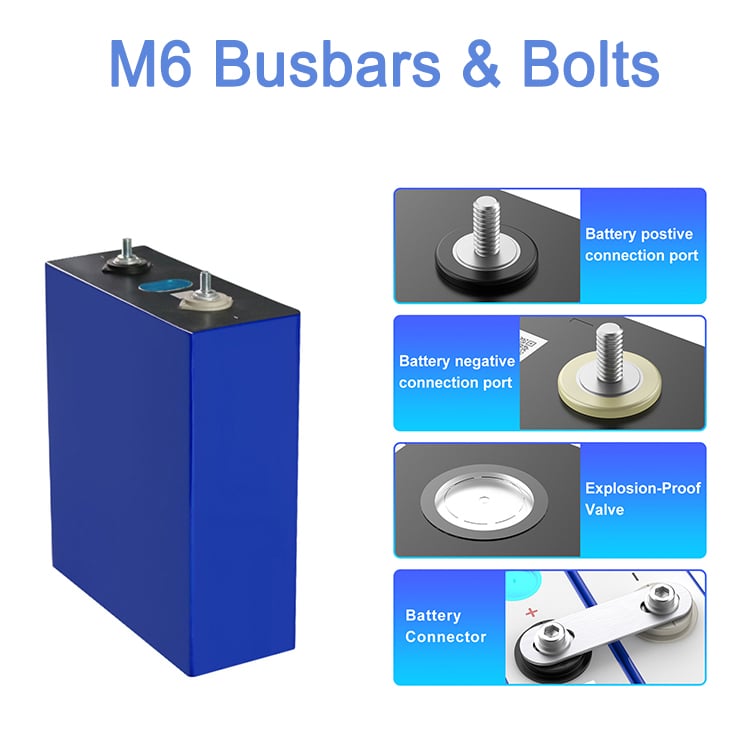 |
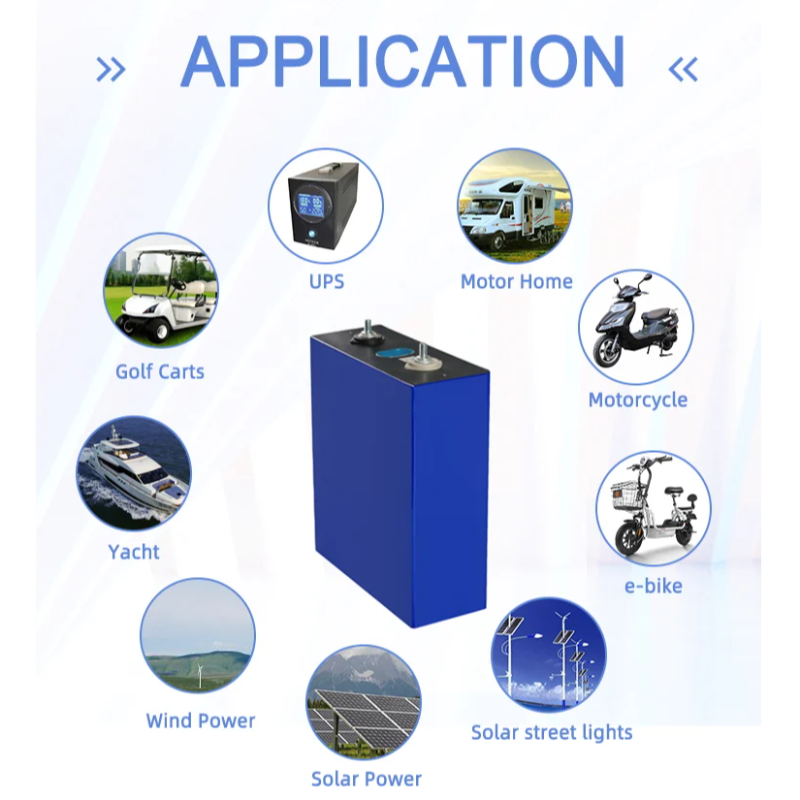 |
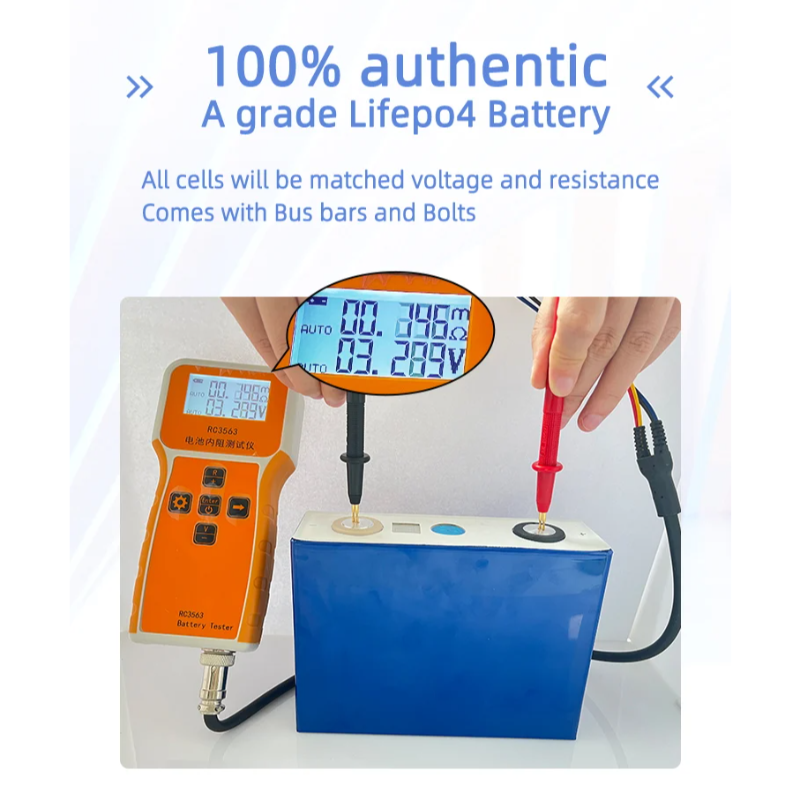 |
3.2V 230Ah LiFePO4 Battery Cell for Caravan Home Solar System:
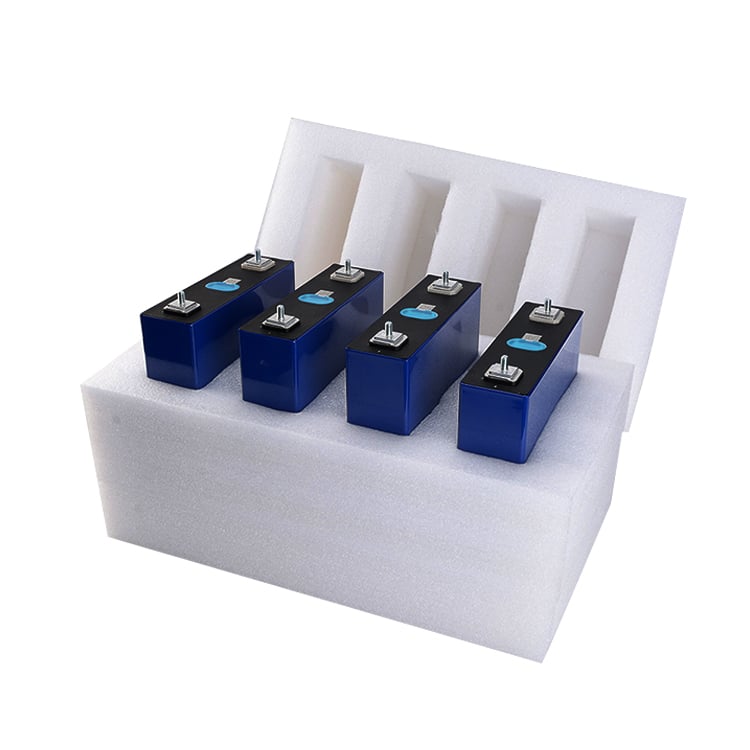 |
 |
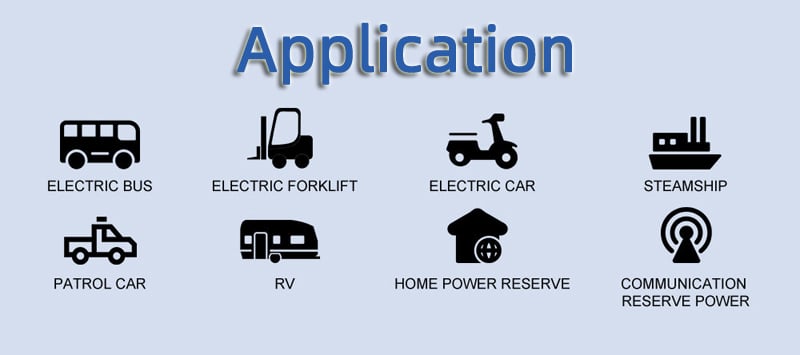 |
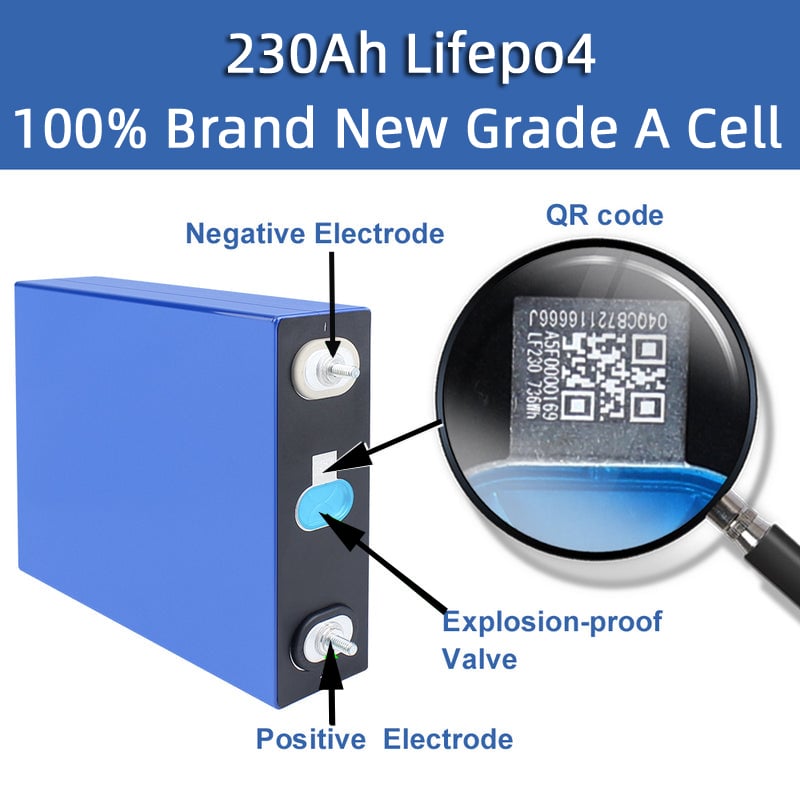 |
Top balancing, on the other hand, is generally not necessary before assembling cells into a battery pack if the cells have been bottom balanced and have similar capacities. However, top balancing may be necessary if the cells are not well-matched or if they have been in storage for an extended period.
In some cases, both top and bottom balancing may be necessary to ensure that the battery pack operates at its maximum potential and has a long lifespan. This is particularly important for high-performance battery packs used in demanding applications.
Ultimately, the decision to perform top and bottom balancing will depend on the specific requirements of the battery pack and the cells being used, and should be made based on the advice of an experienced battery engineer or technician.
If it necessary to do top balancing and bottom balancing for the lifepo4 battery cells before assembling into battery packs?
Top balancing and bottom balancing are two methods used to ensure the individual cells within a lithium-ion battery pack are all at the same state of charge (SoC) before they are connected together. Top balancing involves charging each cell until it reaches its maximum voltage, while bottom balancing involves discharging each cell until it reaches its minimum voltage.
For LiFePO4 (Lithium Iron Phosphate) battery cells, it is generally recommended to perform top balancing before assembling into battery packs. This is because LiFePO4 cells have a very flat discharge curve, meaning that the voltage of the cell remains relatively constant until it is almost completely discharged. As a result, bottom balancing may not be necessary, and it may even be detrimental to the cell's overall lifespan if the cell is over-discharged.
However, top balancing is important for ensuring that all the cells within the battery pack have the same SoC, which helps to prevent overcharging and undercharging of individual cells. This can help to improve the overall performance and lifespan of the battery pack.
In summary, while bottom balancing may not be necessary for LiFePO4 cells, top balancing is still recommended to ensure that all cells within the battery pack have the same SoC.
How to do top balancing and bottom balancing when we assemble lifepo4 battery packs?
Top balancing and bottom balancing are techniques used to balance the cells in a Lithium Iron Phosphate (LiFePO4) battery pack during assembly. Here are the steps for both techniques:
Top Balancing:
- Charge all cells in the battery pack to their maximum voltage capacity.
- Measure the voltage of each cell using a digital voltmeter or a battery tester.
- Identify the cell with the highest voltage reading and discharge it to bring its voltage down to the average voltage of the other cells.
- Repeat step 3 for each cell with a voltage reading above the average until all cells have the same voltage level.
- Recharge the battery pack to its maximum voltage capacity.
Bottom Balancing:
- Discharge all cells in the battery pack to their minimum voltage capacity.
- Measure the voltage of each cell using a digital voltmeter or a battery tester.
- Identify the cell with the lowest voltage reading and charge it to bring its voltage up to the average voltage of the other cells.
- Repeat step 3 for each cell with a voltage reading below the average until all cells have the same voltage level.
- Recharge the battery pack to its maximum voltage capacity.
It's important to note that balancing a LiFePO4 battery pack is critical to ensure that all cells operate at the same voltage level, which maximizes the overall performance and lifespan of the battery. Balancing should be done with caution, as overcharging or over-discharging a cell can lead to safety hazards or reduce the battery's performance. It's recommended to use a battery managements system (BMS) that can monitor and balance the cells automatically during the charging and discharging process.
For more information, you can browse KESHEE Battery official website or contact us directly.
